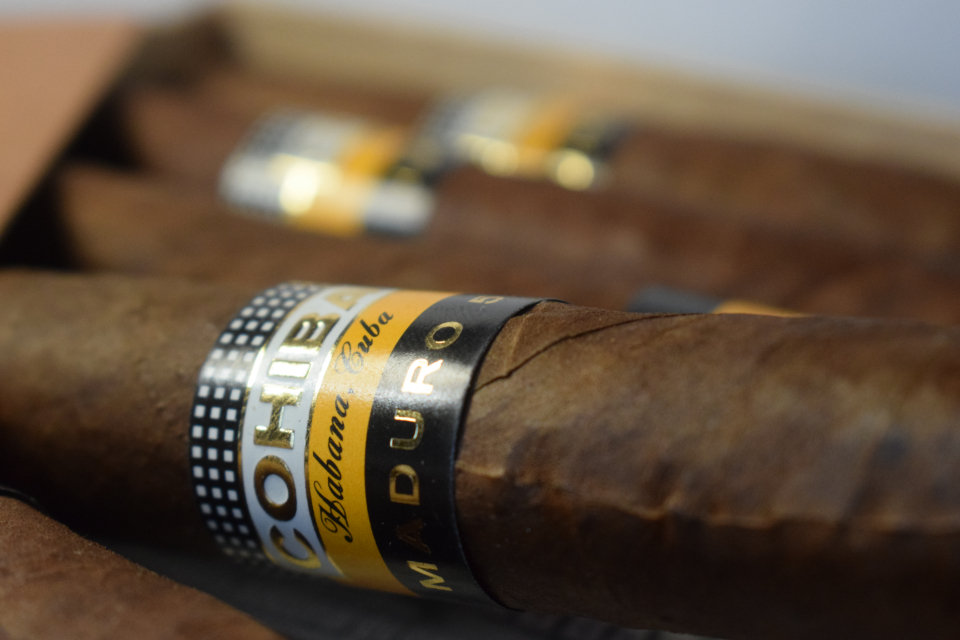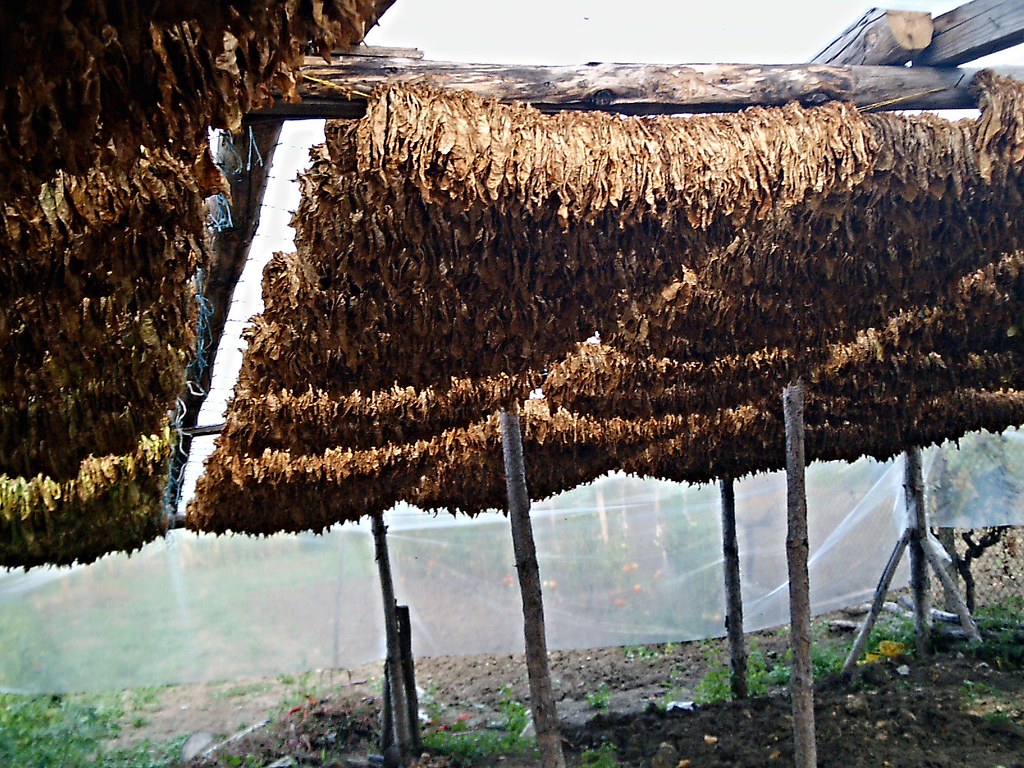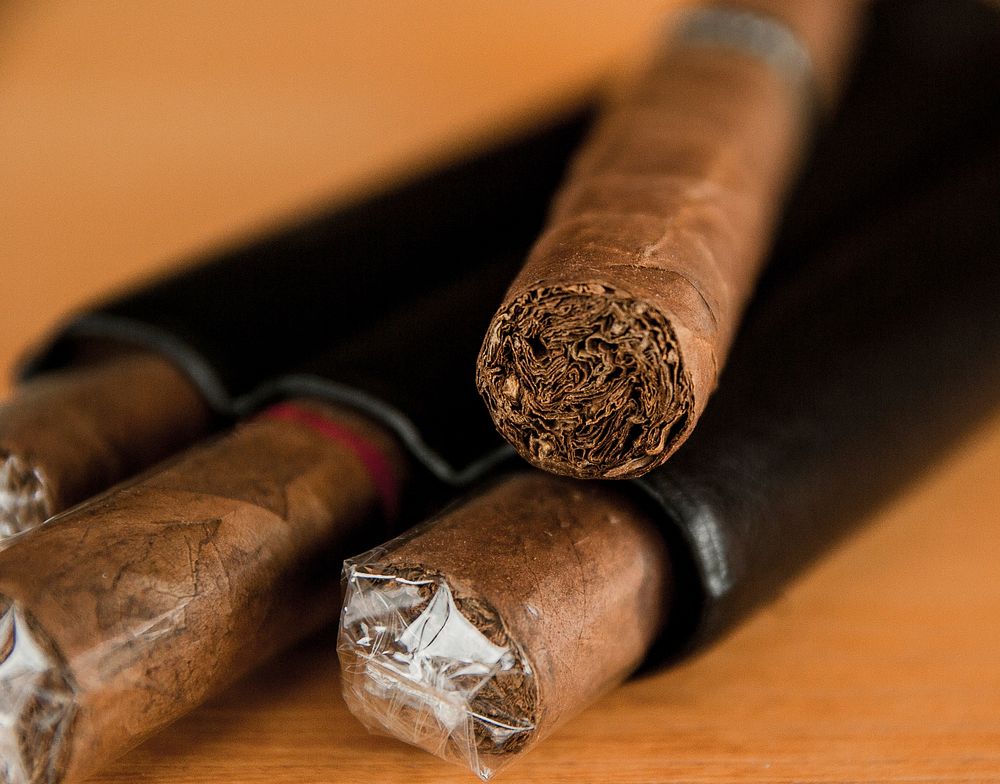

In the world of cigars, the term Maduro often sparks thoughts of rich, dark, flavorful experiences. But a common misconception persists: many believe that Maduro refers to a specific type of tobacco leaf. While it’s true that cigars labeled as Maduro are known for their dark wrappers, the reality is more nuanced. Maduro isn’t a type of leaf—it’s all about the process.
What Does “Maduro” Really Mean?
The word Maduro is Spanish for “ripe” or “mature,” and in the context of cigars, it refers to the color and characteristics of the wrapper leaf, which is the outermost part of the cigar. This wrapper is not from a special variety of tobacco but is the result of specific cultivation and fermentation methods used to create its darker hue and richer flavor profile.
To make a Maduro cigar, manufacturers use a variety of tobacco leaves—often, but not exclusively, Broadleaf or Habano varieties. The leaf undergoes an extended fermentation process where heat and humidity are carefully controlled. The additional fermentation time allows the leaf to develop its signature darker color and richer, often sweeter flavor notes.

The Process Behind a Maduro Wrapper
The dark, rich, oily look of a Maduro wrapper is achieved through a natural process, not from a different type of seed or plant. Here’s a glimpse into what goes into creating that perfect Maduro:
- Longer Fermentation: After harvesting, the tobacco leaves intended for Maduro wrappers undergo a longer and more intense fermentation process. The leaves are exposed to higher temperatures over an extended period, which deepens the color and develops a more complex flavor profile. The key here is time, which allows the leaf to “mature”—hence the name Maduro.
- Sunlight Exposure: Many Maduro wrappers come from sun-grown tobacco. The direct sunlight toughens the leaves and increases their sugar content. This natural sweetness is one of the defining characteristics of Maduro cigars.
- Aging: Once fermented, the leaves are aged to perfection. The aging process further enhances the depth of flavor, bringing out notes of chocolate, coffee, or even earthy undertones. This is what gives Maduro cigars their signature bold and rich flavor, often described as “sweet and spicy.”

Not All Dark Cigars Are Maduro
It’s important to note that not every dark wrapper is technically a Maduro. While the deep color is a defining feature, it’s the fermentation and aging process that makes the difference. Some cigars may have artificially darkened wrappers, either through dyes or other processes, but they don’t have the same depth of flavor as an authentic Maduro.
This distinction is critical for discerning cigar enthusiasts. While the appearance of a cigar can hint at its flavor, it’s the craftsmanship behind the wrapper—how it’s grown, fermented, and aged—that truly defines its quality.
Why the Confusion?
The misunderstanding likely arises from the fact that cigar terminology can be confusing for newcomers. With so many varieties of tobacco leaves and processes, it’s easy to assume that a dark wrapper must come from a specific type of plant. But with Maduro, it’s all about how that leaf has been cultivated and treated over time.
To simplify, think of it like cooking. You can take the same ingredient and cook it differently to produce different flavors and textures. Similarly, tobacco leaves, depending on how they are fermented and aged, can result in very different cigars—even if they all come from the same type of plant.
So, while the wrapper may be dark, the truth behind it is much more vibrant and layered. Embrace the process—and the flavors—next time you enjoy a Maduro.



Glad to see a cheap stick get a highlight like this